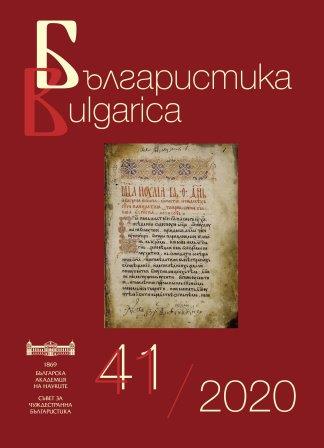
Периодика 2020
Content of the main Bulgarian scientific journals for the current year in linguistics, literature, history, folklore, ethnography, archaeology and art studies
More...We kindly inform you that, as long as the subject affiliation of our 300.000+ articles is in progress, you might get unsufficient or no results on your third level or second level search. In this case, please broaden your search criteria.

Content of the main Bulgarian scientific journals for the current year in linguistics, literature, history, folklore, ethnography, archaeology and art studies
More...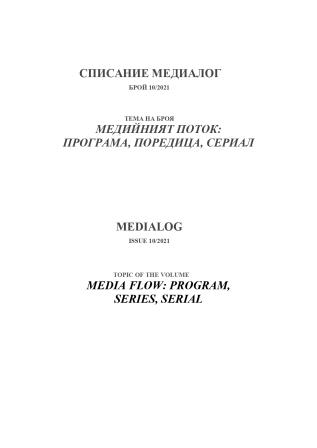
Review of Rosemary Statelova's latest book ‘The Story of a Musicologist’ (Sofia: Riva, 2020). The book, defined as ‘memoir-autobiography’, is not only a biography of Rosemary Statelova, her family and professional environment, but also a biographical history of the packed Bulgarian time in the last 70 years, structured as fragments of memories and texts.
More...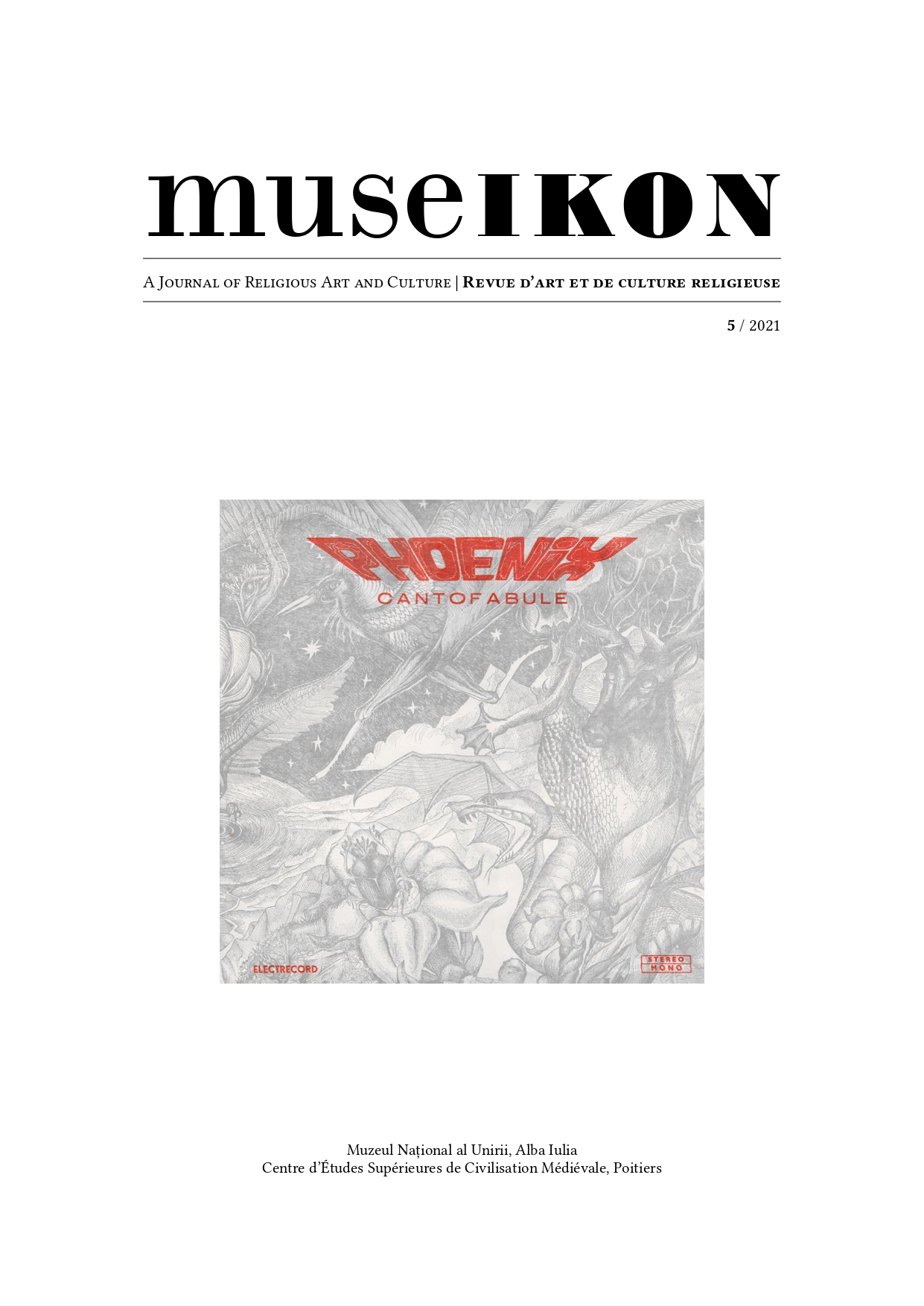
À la fin du Moyen Âge, les manuscrits bibliques étaient souvent complétés par des textes non bibliquestrès divers, progressivement utilisés à la place des auxiliaires liturgiques. Ils pouvaient être employés pendantla liturgie de la messe au lieu des missels et des lectionnaires, et dans la prière quotidienne à la place des bréviaires. Cette tendance peut être observée dans les sources bibliques tchèques, dans le cas des péricopes pour lamesse. Les évangéliaires, c’est-à-dire l’ensemble de péricopes en texte intégral, prédominaient, au xive siècle,mais ils ont été complètement remplacés, au xve siècle, par de simples index de péricopes attachés aux manuscritsdu Nouveau Testament ou accompagnés de passages de l’Ancien Testament en texte intégral (en particulierpour la période de quarante jours du Grand Carême). L’étude se concentre sur la transformation de la formeet de la fonction des registres de péricopes copiés dans les sources bibliques tchèques de la fin du Moyen Âge,en particulier sur la pratique liturgique hussite, bien que la question de leur utilisation reste partiellement sansréponse.
More...
This study represents a continuation of two previous publications—“The Musical Instruments in the Early Vernacular Translations of the Psalms. Collective Research” (Museikon, 3, 2019, p. 67-140), hence forth abbreviated as Musical Instruments 2019; and “The Musical Instruments in the Early Vernacular Translations of the Psalms. Collective Research (2)” (Museikon, 4, 2020, p. 257-302), hence forth abbreviated as Musical Instruments 2020. The study will be finalized in the next issue of Museikon (6,2022) with the addition of the last languages taken into consideration.
More...
Né à Turnu-Severin (Roumanie) en 1942, fils de Nicolae Foarță, médecin, et de Yvonne Foarță, née Burger, professeure de musique, Șerban Foarță a fait ses études à la Faculté de Philologie de l’Université de Timișoara (1960-1965), spécialisation roumain-allemand. En 1978, il a soutenu sa thèse de doctorat en littérature dans le cadre de la même université, thèse publiée deux années plus tard : Eseu asupra poeziei lui Ion Barbu [‘Essai sur la poésie d’Ion Barbu’], Timișoara, éditions Facla, 1980. Il a été professeur à la Faculté des Lettres de l’Université de l’Ouest,à Timișoara, de 1992 à 2005. Membre de l’Union des Écrivains de Roumanie, Șerban Foarță est premièrement poète, essayiste, prosateur et critique littéraire. Il est trèsconnu pour sa poésie qui, lui a valu non seulement desprix littéraires mais surtout une large reconnaissance auprès de ses lecteurs: Simpleroze (Timișoara, éditions Facla,1978); Șalul, eșarpele Isadorei / Șalul e șarpele Isadorei (Bucarest,éditions Litera, 1978); Holorime (Bucarest, éditionsLitera, 1986) et nombre d’autres volumes après 1989. Il atraduit en vers les livres poétiques de la Bible (Hexachordos: Psalmii. Ecleziastul. Cantarea Cantarilor. Iov. Psalmii lui Solomon. Odele, pre stihuri retocmite; Timișoara, éditions Brumar, 2011). Il a traduit des poèmes de la littérature française médiévale, y compris les fatrasies de Philippede Beaumanoir (dans la plaquette 33 de fatrazii, Bucarest,éditions Art, 2008). Cependant son début en tantque poète, avant la publication de la première plaquette (Texte pentru Phoenix, Bucarest, éditions Litera, 1976) s’est fait dans deux LP. Ses vers ont été enregistrés par Phoenix en 1974 (Mugur de Fluier) et 1976 (Cantafabule).
More...
Articolul aduce în atenția istoricilor de artă veche transilvăneană o serie de desene și acuarele reprezentând picturile murale ale bisericii „Sfântul Nicolae” din Bârsău, realizate în secolul al XIX-lea. Dintre cele 15planșe păstrate încă în registrele Muzeului Maghiar al Arhitecturii și Centrului Documentar pentru Protejarea Monumentelor de la Budapesta, una îi aparține lui Horváth Miklós, restul lui Szinte Gábor – ambii profesori de desen la Școala Superioară Regală Maghiară de Stat din Deva în perioada 1882-1886. Valoarea de neprețuit a acestor desene este efectul direct al degradărilor continue ale picturilor bisericii din Bârsău. Stadiul dezastruos de conservare din ziua de astăzi face ca cercetarea picturilor datate în a doua jumătate a secolului al XVI-lea să fie aproape imposibilă pornind de la realitatea in situ.
More...
Mănăstirea Sfânta Ecaterina de pe Muntele Sinai păstrează un portret al lui Neagoe Basarab și al familiei sale, pictat pe capacul interior al unui scrin din lemn. Imaginea oferă dovezi fizice ale contactelor dintre Țara Românească și Mănăstirea Sinai în timpul lui Neagoe Basarab, a cărui domnie a continuat îndelungata tradiție a patronajului domnilor români asupra locurilor sfinte.
More...
Grégoire Zugravul (‘le Peintre’), connu toute sa vie comme Papathodor, Popovici et Frujinescu, a été l’un des peintres les plus importants de la Valachie à la fin du XVIIIe siècle et l’initiateur du courant d’occidentalisation dans l’art local. Constantin Săndulescu-Verna a découvert dans un carnet de croquis ayant appartenuau peintre que Grégoire est né près de Bucarest, dans le village de Frunzănești, au sein de la famille du prêtrepeintre Tudor, et qu’il a fait son apprentissage en 1766, à la l’âge de 16 ans, auprès d’un certain maître Jean / kirIancu. Ensemble, les deux hommes ont voyagé pendant dix ans sur le territoire de l’Empire des Habsbourg etont signé ensemble l’iconostase du monastère de Lepavina en Croatie, ainsi que celui de l’église de la Nativité de Saint-Jean-Baptiste à Székesfehérvár, en Hongrie. De retour en 1777, Grégoire a commencé une carrière prolifiqueen tant que peintre d’icônes; mais il a également peint les fresques de l’Église de l’Icône (Biserica Icoanei) àBucarest, des enluminures de manuscrits et des peintures à l’huile, y compris la vaste composition historique représentant Nicolas Mavrogheni distribuant des récompenses aux soldats qui avaient participé aux combatscontre les Autrichiens (1789), aujourd’hui dans les collections du Musée National d’Art de Roumanie, à Bucarest. Jusqu’à présent, cependant, l’identité de Maître Jean et la portée européenne de la carrière de Grégoire n’étaient pas connues en Roumanie. On considérait à tort que Jean devait être un peintre local, identifié soit au maître de l’école de peinture de l’évêché de Râmnic, soit à Ivan ‘le Russe’ (Rusul), maître de l’école de peinture du monastère de Căldărușani. Plus récemment, C. Săndulescu-Verna et M. Sabados ont supposé qu’il pouvait être d’origine balkanique, mais sans réussir à repérer son identité précise : peut-être un peintre grec ou macédo-valaque. La présente étude relie pour la première fois les recherches roumaines sur ce sujet à celles menées en Serbie(Aleksandra Kučeković), Bulgarie (Emmanuel Moutafov) et Bosnie-Herzégovine (Ljiljana Ševo). Les documents permettent d’identifier ‘kir Iancu’ avec Jovan Četirević Grabovan, aroumain d’Albanie, auteur de fresques dusanctuaire et de la nef de la cathédrale épiscopale de Roman (Moldavie). La carrière de ce dernier est jalonnéepar les étapes d’un parcours remarquable pour cette époque. Ses voyages relient littéralement l’Occident à l’Europe de l’Est, de la Croatie en Russie à travers Buda et Bucarest, et dessinent une perspective entièrementnouvelle sur les relations qui animaient le milieu culturel des peintres valaques du XVIIIe siècle. Comme Jovan, son élève Grégoire a joué également le rôle d’un ‘véhicule’ exemplaire des transferts culturels entre Occident et Orient, maillon d’un grand réseau commercial et politique développé à l’intersection des trois grands Empires: ottoman, russe et autrichien. Il a influencé de manière décisive l’évolution de l’atelier de peinture du monastèrede Cernica et s’est imposé comme une figure clé de la scène artistique locale ; il a été l’un des premiers peintresà moderniser l’art local. Par-delà les éclaircissements qu’elle apporte sur l’apprentissage de Grégoire Popovici,cette étude permet aussi d’attribuer les icônes de l’iconostase de l’Église Manea Brutaru de Bucarest au peintreJovan Četirević Grabovan, et d’identifier dix nouvelles oeuvres du peintre Grégoire, y compris les fresques del’Église de l’Icône à Bucarest. Elle transcrit sept inscriptions inédites des icônes de cette église et identifie le ssources artistiques du cahier de modèles du peintre et des icônes de l’iconostase de la chapelle dédiée à Saint Lazare au monastère de Cernica dans un exemplaire de la Bible Ectypa ayant appartenu au même Maître Jean.
More...
Articolul prezintă câteva observații asupra a două instituții monahale rusești înființate pentru comemorarea vitejiei și eroismului soldaților și ofițerilor ruși morți în timpul războiului ruso-turc din 1877-1878: Mănăstirea Înălțării Domnului, cu biserica „Sf. Alexandru Nevski”, construite între 1879-1882 pe dealurile Bakadzhik de lângă Yambol, la ordinul celebrului „General Alb” Mihail Skobelev, și Mănăstirea Nașterii Domnului din orașul Shipka, construită (și probabil și sfințită în 1902) la inițiativa mamei generalului, OlgaSkobeleva, de către un comitet director condus de diplomatul și omul de stat rus Nikolai Ignatiev.
More...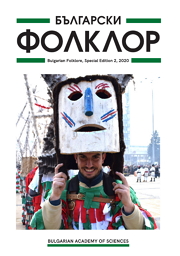
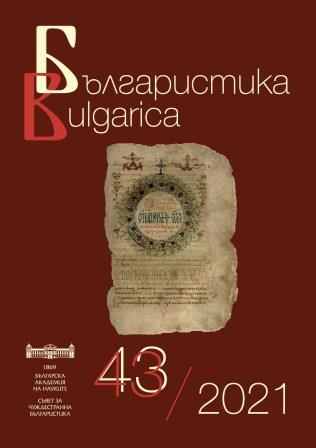
Content of the main Bulgarian scientific journals for the current year in linguistics, literature, history, folklore, ethnography, archaeology, and art studies
More...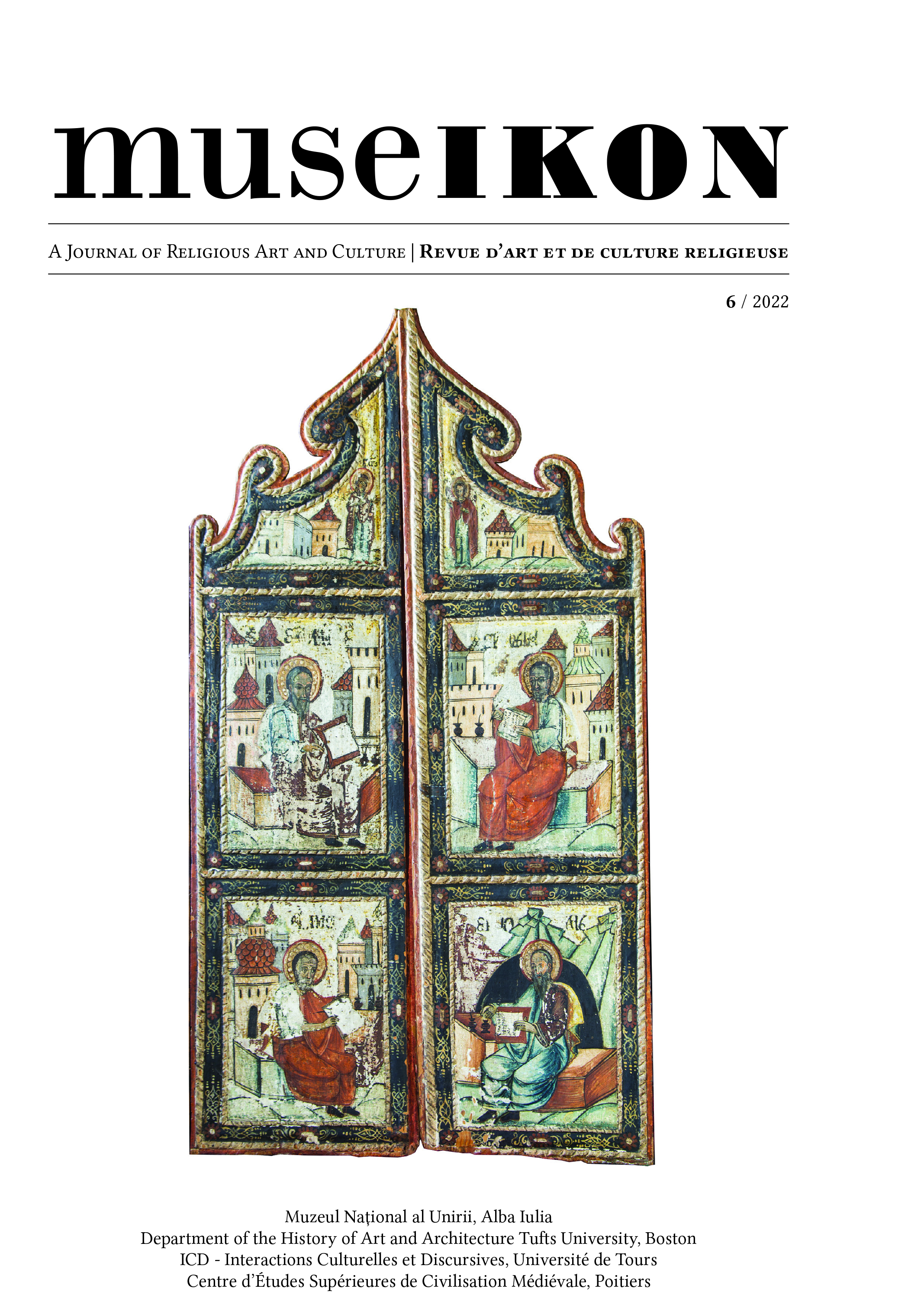
Review of: Faces, icons and books for the soul: Moldavians in Ukraine, Ukrainians in Moldavia. Testimonies of sacred art; 16th-19th centuries, exhibition organized by the Metropolitan Museum of Iași between April 14 and August 14, 2022, to support Ukrainian refugees. Vladimir Ivanovici and Alice Isabella Sullivan (eds), Natural Light in Medieval Churches, Series: East Central and Eastern Europe in the Middle Ages, 450-1450, Volume 88 Leiden and Boston, Brill, 2023 Daniela Marcu Istrate, Church Archaeology in Transylvania. (ca. 950 to ca. 1450), Leiden and Boston, Brill, 2022, 522 p. Daniela Marcu Istrate, Dan Ioan Mureșan and Gabriel Tiberiu Rustoiu (eds), Christianization in Early Medieval Transylvania. The Oldest Church in Transylvania and Its Interpretation, Leiden and Boston, Brill, 2022, 499 p. Mihail K. Qaramah, O istorie a Molitfelnicului Românesc. Evoluția formularelor Sfintelor Taine (sec. xvi-xvii) [A History of the Romanian Euchologion: The Evolution of the formularies of the Sacraments (16th -17th c.)], Alba Iulia, Editura Reîntregirea, 2022, 310 p.
More...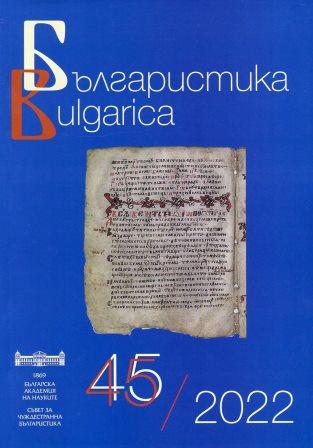
Data about scientific events in the field of the humanities in Bulgaria in the second half of 2022
More...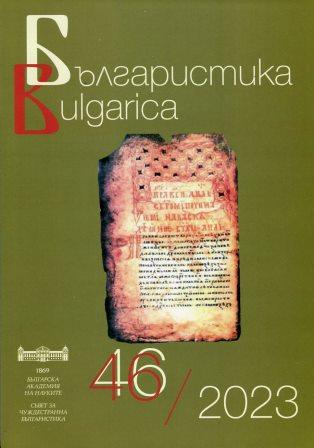
Selected bibliography in the field of Bulgarian Studies published in the current year.
More...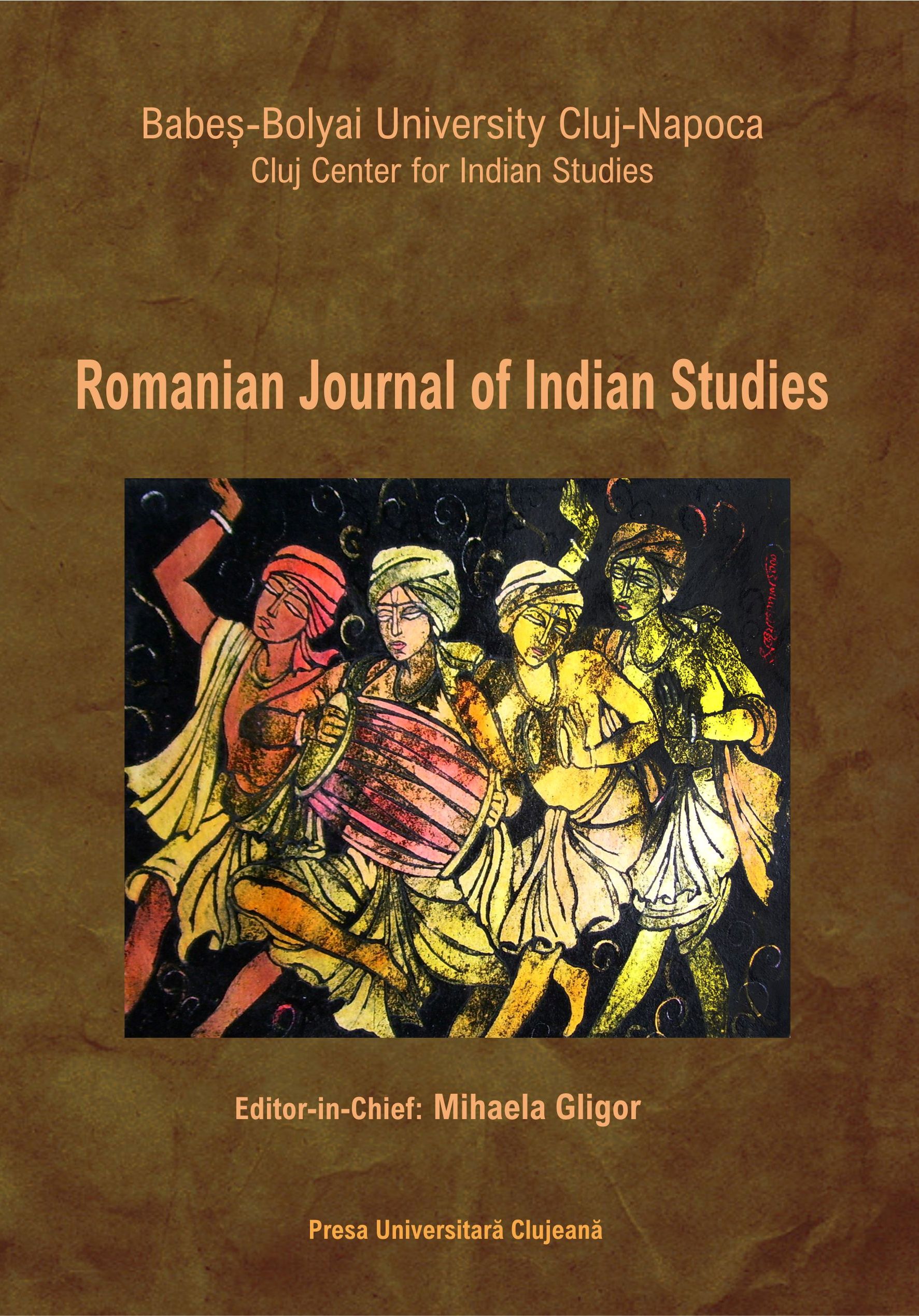
In the last 75 years, Romania and India managed to follow common interests and created a strong partnership. Celebrating the fruitful cooperation between the two countries, His Excellency Mr. Rahul Shrivastava, the Ambassador of India to Romania, Albania and Moldova, and Her Excellency Mrs. Daniela Sezonov-Țane, the Ambassador of Romania to India, Nepal and Bangladesh were kind to address their perspectives on the evolution of relations between Romania and India, highlighting both the differences and similarities between the two countries, and also the latest challenges.
More...
When discussing such a complex concept as culture, it is forever interesting, even surprising, to find out what definitions people give to this all-encompassing notion; what better way to delve into Indian culture and the inner workings of cultural diplomacy and relations than to speak to someone most knowledgeable in the field, the Ambassador of India to Romania, Moldova and Albania, Mr. Rahul Shrivastava. His Excellency was kind enough to sacrifice his time in favor of cultural matters, despite his busy schedule.
More...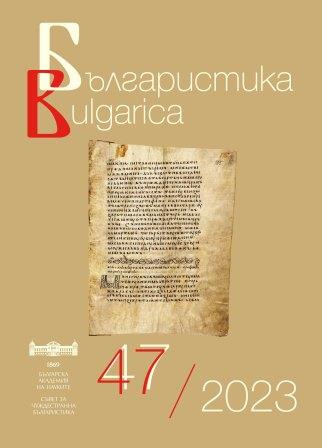
Content of the main Bulgarian scientific journals for the current year in linguistics, literature, history, folklore, ethnography, archaeology and art studies.
More...
Data about scientific events in the field of the humanities in Bulgaria in the second half of 2023.
More...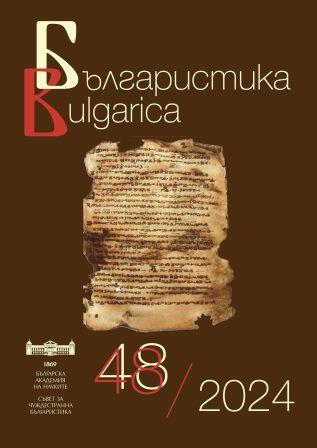
Selected bibliography in the field of Bulgarian Studies published in the current year.
More...